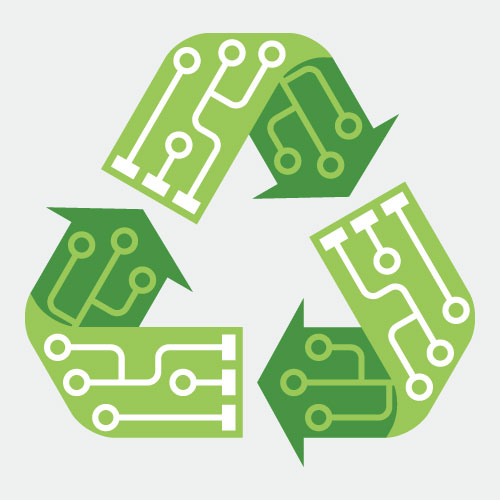PCB Design Reuse
 Reusing proven circuits and layouts can enhance innovation. Here's how.
Reusing proven circuits and layouts can enhance innovation. Here's how.
In the ever-evolving field of engineering, the ability to innovate quickly and efficiently is paramount. Design reuse, a practice that involves repurposing and incorporating existing design elements into new projects, has emerged as a powerful strategy to achieve these goals. Boosting efficiency and innovation in the world of engineering, design reuse is a powerful strategy to implement that has the potential to be a game changer.
By reusing known, good, tested, validated, approved circuits and layouts, engineers can save design cycle time, reduce costs, and foster innovation. Plus, IP can be shared throughout enterprise and across designs. Design reuse is not restricted to one discipline as it can be implemented in all the engineering disciplines/domains. The key is to take advantage of the opportunity when it presents itself by not reinventing the wheel every time on a new project/design. This month's column delves into the concept of design reuse, its benefits, challenges, and how it's shaping the future of engineering.

What is design reuse? Design reuse refers to the practice of using previously created circuitry, layouts, PCB stackups, constraints, components, and hierarchical modules in new projects/designs or products. A good, yet simple example of design reuse is a library component. In this example, the component is created once, approved, and released into the master library. Then, that released component can potentially be used and reused repeatedly in multiple designs and throughout the enterprise. This same concept can be applied in a more complex yet efficient engineering approach to design. Instead of starting from scratch, engineers leverage existing proven designs as building blocks to create something new.
There are two main advantages for implementing design reuse. The first advantage is the time you'll save by implementing an existing proven design or circuit(s) rather than having to reinvent or recreate that same design or circuit in a new project/design. The second advantage is the use and implementation of already tested and validated components or circuitry. This translates to lower project risks since the new project/design is designed with partial or all reused proven/tested components or circuitry.
In addition to the two main advantages mentioned, even more benefits are to be gained from design reuse:
- Cost savings. Reusing designs can lead to substantial cost savings. It eliminates the need to invest in the development of redundant components and reduces expenses associated with redesigning or retesting parts of a project. This is particularly valuable for companies with tight budgets.
- Enhanced collaboration. Design reuse promotes collaboration by enabling teams to work on a common foundation. Engineers can easily share and modify designs, fostering a collaborative environment that encourages knowledge sharing and innovation.
- Innovation. Contrary to the misconception that design reuse stifles creativity, it can actually foster innovation. Engineers can focus on solving unique and complex challenges rather than reinventing the wheel. This allows them to explore more innovative solutions and concepts.
While the advantages of design reuse are evident, there are also challenges that engineers and organizations must address:
- Compatibility issues. Integrating components from different sources may lead to compatibility problems. Differences in design standards, software versions, or hardware specifications can create headaches if not carefully managed.
- Intellectual property concerns. Reusing designs may involve navigating complex IP issues. Engineers must ensure that they have the rights to use and modify existing designs or acquire the necessary licenses.
- Documentation and version control. Maintaining an organized and up-to-date repository of reusable designs requires robust documentation and version control systems. Without proper management, confusion and inefficiency can arise.
- Resistance to change. Some engineers may resist design reuse, preferring to stick to familiar methods simply because they don't trust another engineer's work. Overcoming resistance and promoting a culture of reuse within an organization can be a challenge.
Design reuse is a powerful strategy for PCB designers, electrical engineers and organizations looking to enhance efficiency, reduce costs, and foster innovation. While it presents some challenges, the benefits outweigh the drawbacks. As technology and collaboration/integration between engineering tools continues to advance, design reuse will play an increasingly critical role in shaping the future of PCB design, enabling designers and engineers to build upon the work of the past by utilizing proven designs.
is a senior printed circuit engineer with three decades' experience. In his current role as a senior product marketing manager with Siemens EDA, his focus is on developing methodologies that assist customers in adopting a strategy for resilience and integrating the design-to-source Intelligence insights from Supplyframe into design for resilience. He is an IPC Certified Master Instructor Trainer (MIT) for PCB design, IPC CID+, and a Certified Printed Circuit Designer (CPCD). He is chairman of the Printed Circuit Engineering Association (PCEA); This email address is being protected from spambots. You need JavaScript enabled to view it..




